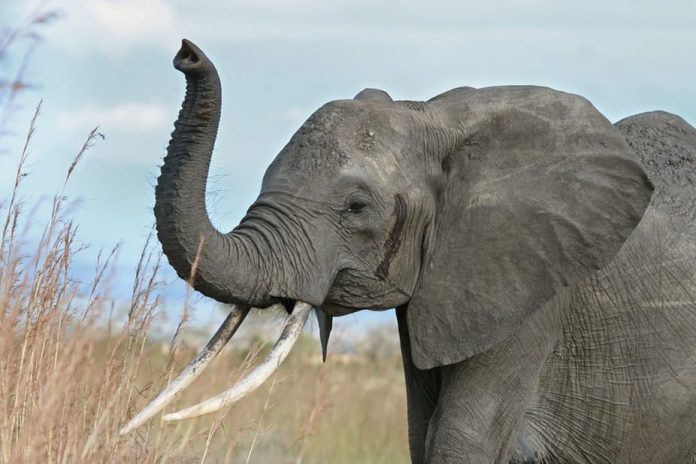Inbreeding, hybridization, and isolation all play a role in the evolution of elephants, findings of a new study published in the Proceedings of the National Academy of Science have revealed.
There are three living species of elephants, not two, and their family tree is more complex than anyone realized, genetic analysis has revealed. The finding is important because it adds urgency to the quest to save the African forest elephant. It also represents the debut of a genetic technique that could help us understand other animals’ heritage.
Elephants famously come in African and Asian species, with differences in size and whether the females have tusks. However, biologists have suspected for some time that Africa hosts two species, the forest (Loxodonta cyclotis) and savannah (Loxodonta africana) elephant. Troublingly, not all relevant agencies have acknowledged the difference, often treating the two as subspecies. Forest elephants are far more threatened than their savannah cousins, and only by getting L. cyclotis recognized as a different and endangered species might they gain the attention needed to save them.
Last year, a paper revealed how genetically different the two African species are, with L. cyclotis being more closely related to the extinct straight-tusked elephant (Palaeoloxodon antiquus) than to L. africana. Now, the team that made those findings has combined with others to dive even deeper into the pachyderms’ pasts to find there was considerable fraternizing with mammoths long after the beasts diverged.
In Proceedings of the National Academy of Sciences, the authors announce a comparison of 14 genetic sequences – six from living species of elephants and eight from extinct elephants, mammoths, and mastodons.
“The most surprising result was the degree of interbreeding between species,” said Professor David Adelson of the University of Adelaide in a statement. “We didn’t really expect there would be gene flow between the mammoths and mastodons and the ancestors of modern elephants, but our results showed frequent interbreeding.”
The work indicates that forest and savannah elephants were genetically, and probably physically, separated for a period of some 500,000 years. Adelson told TDnews the separation probably reflected climatic conditions at the time, which may have led to uncrossable barriers between their habitats. By the time the species were once again in contact, they were genetically different enough to confirm their status as different species, in part because of the forest elephant’s additional straight-tusked elephant and even mammoth genes. Nevertheless, they were still capable of interbreeding enough to produce further gene flow between the two.
Adelson told TDnews that a shortage of good Y chromosome sequences from the extinct species has limited what we know about these past mating events, and whether one sex consistently came from one species. On the other hand, the rest of the genomes were sufficiently intact for the authors to pioneer a new technique using locations of transposable DNA elements to confirm findings made using traditional single nucleotide polymorphism analysis.















